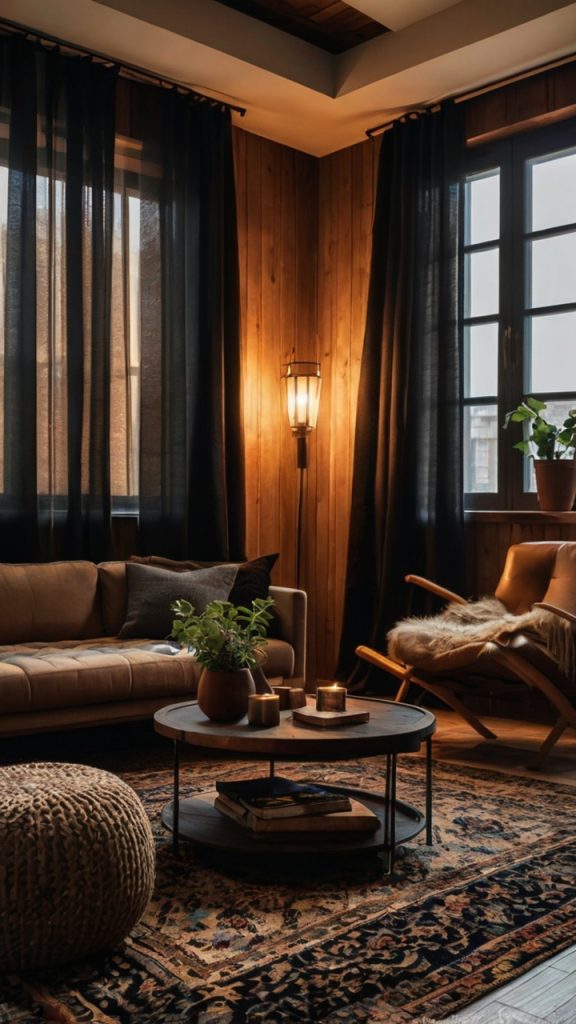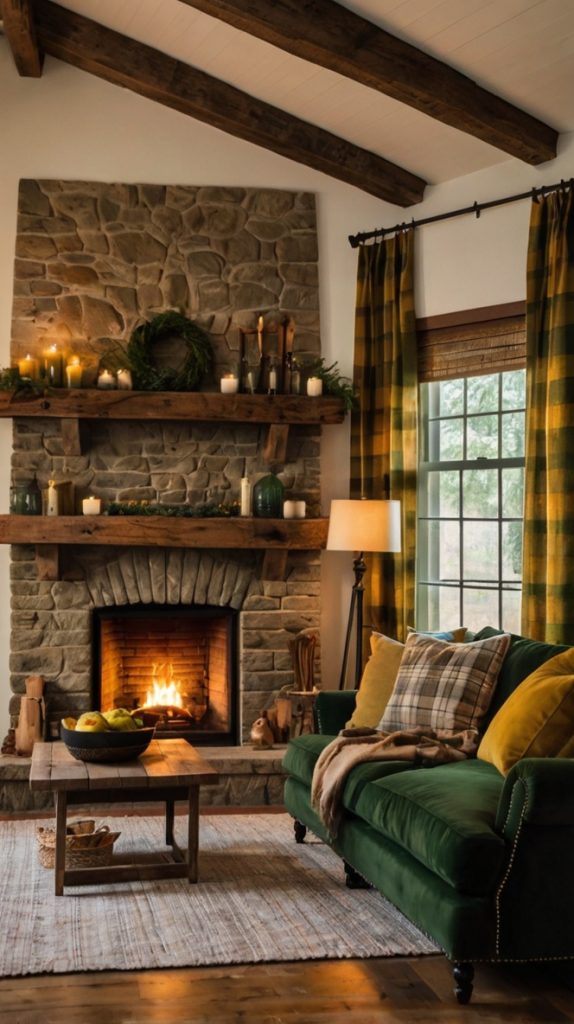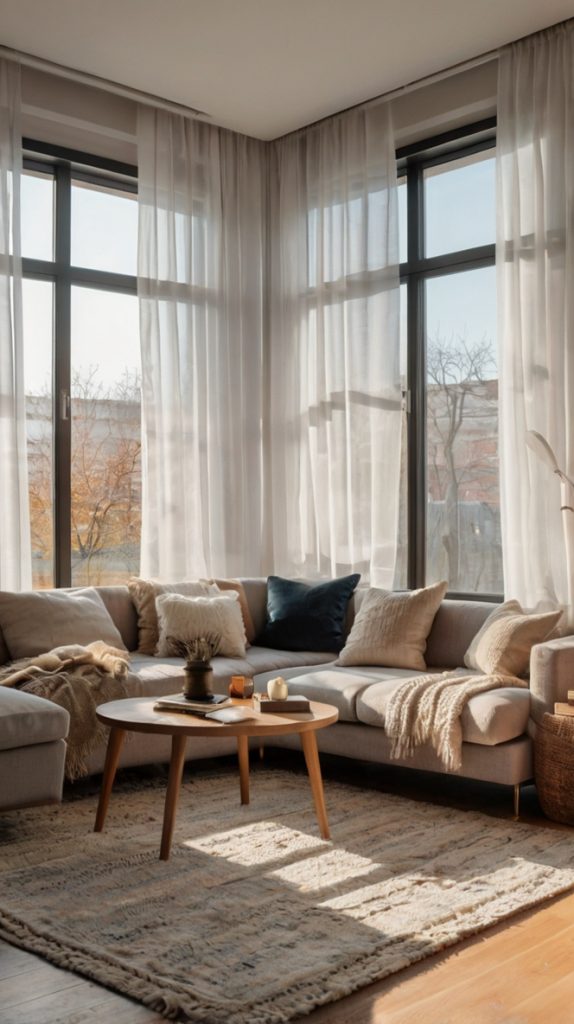The Art of Japandi Kitchens: Blending Japanese Minimalism with Scandinavian Charm
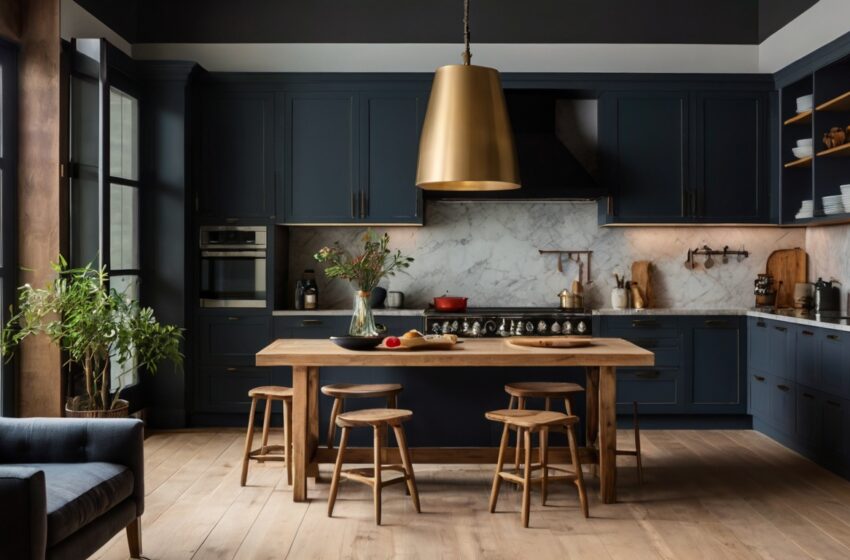
The Essence of Japandi
Japandi, a fusion of Japanese minimalism and Scandinavian design, offers a serene and harmonious living space that celebrates simplicity and natural elements. This style emphasizes tranquility, functionality, and a deep connection with nature. Whether you’re a design enthusiast or simply looking to create a more peaceful environment at home, Japandi kitchens can be a delightful choice.
1. Embracing Minimalism
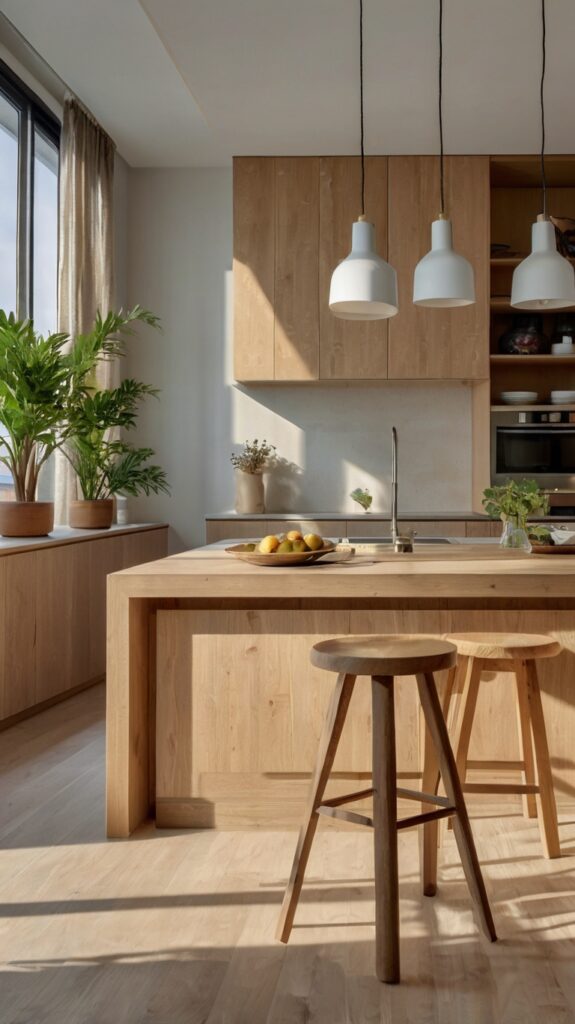
Minimalism is at the heart of Japandi design. By stripping away excess, you create a space that is both serene and functional. This approach involves choosing furniture with clean lines and simple shapes, ensuring that each piece serves a purpose.
2. The Role of Natural Materials
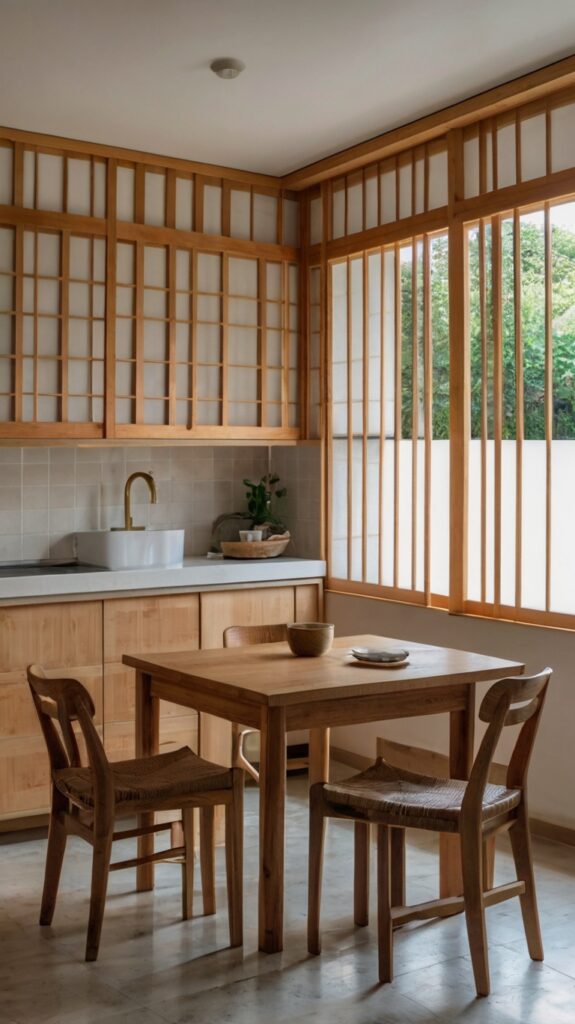
Natural materials like wood, stone, and bamboo are key in Japandi kitchens. They bring warmth and texture to the space while maintaining a sense of purity and authenticity. Consider using reclaimed wood for your countertops or a stone backsplash for a rustic yet elegant touch.
3. Incorporating Plants
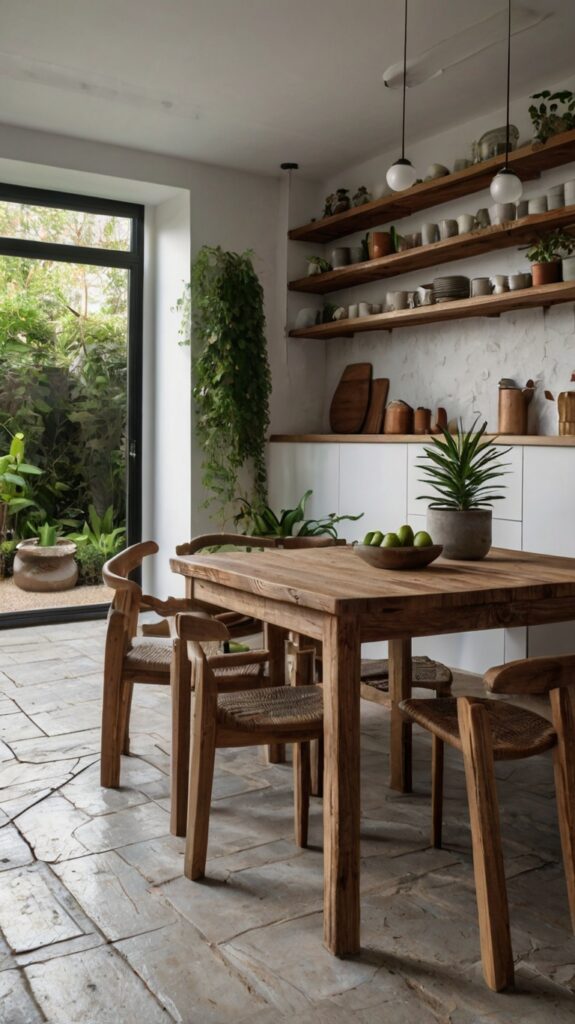
Plants are a vital element in Japandi design, symbolizing growth, life, and vitality. They help to purify the air and add a touch of nature indoors. Opt for low-maintenance plants like succulents, snake plants, or fiddle leaf figs to enhance your kitchen’s ambiance.
Also Read: 15 Stylish Open Kitchen Ideas
4. Thoughtful Lighting
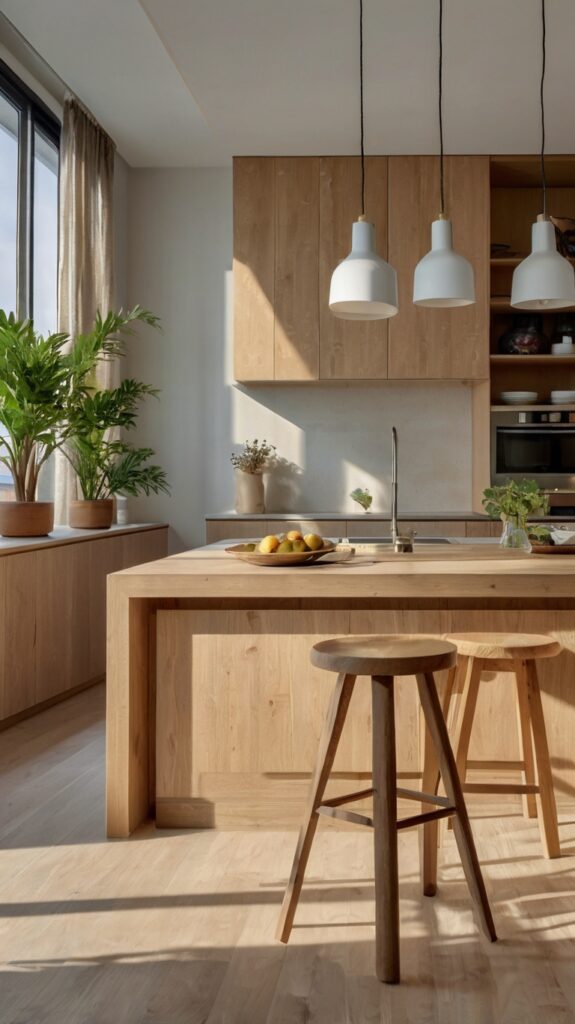
Lighting plays a crucial role in setting the mood of a Japandi kitchen. Soft, ambient lighting through floor lamps, pendant lights, or recessed lights can create a calming atmosphere. Consider incorporating skylights or large windows to allow natural light to flood the space.
5. The Importance of White
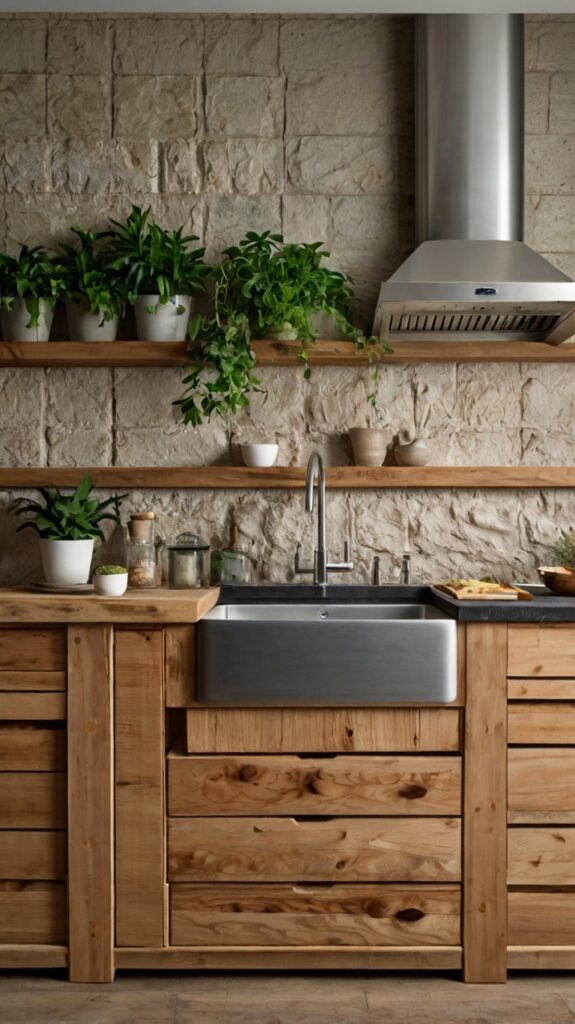
White is a dominant color in Japandi design, reflecting light and creating a sense of openness and cleanliness. Use white for your walls, cabinetry, and countertops to establish a neutral palette that can be complemented by other colors and textures.
6. Texture and Contrast

While minimalism is key, texture adds depth and interest to a Japandi kitchen. Mix smooth surfaces with rough textures, like using a smooth countertop with a brushed metal faucet or a sleek cabinet door with a rustic wood handle.
7. Hidden Storage Solutions
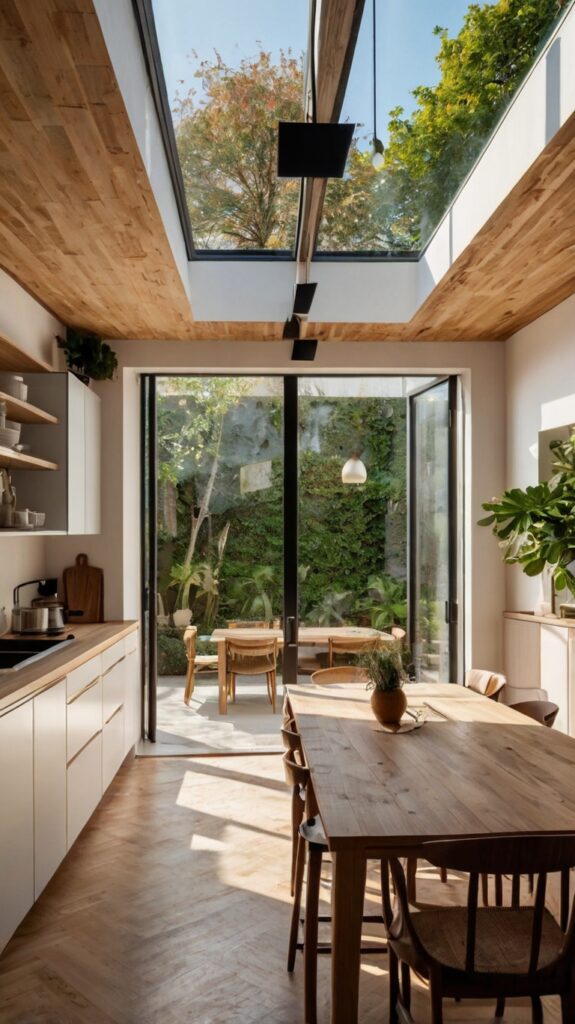
In Japandi design, clutter is a no-go. Hidden storage solutions are essential for maintaining a clutter-free environment. Consider built-in shelves, pull-out drawers, and cabinetry with concealed hinges to keep everything organized and out of sight.
8. Art of Shoji Screens

Shoji screens are a hallmark of Japandi design, offering a delicate balance between openness and privacy. These translucent screens can be used to separate the kitchen from other areas of the home while allowing light to filter through.
9. Incorporating Water Elements
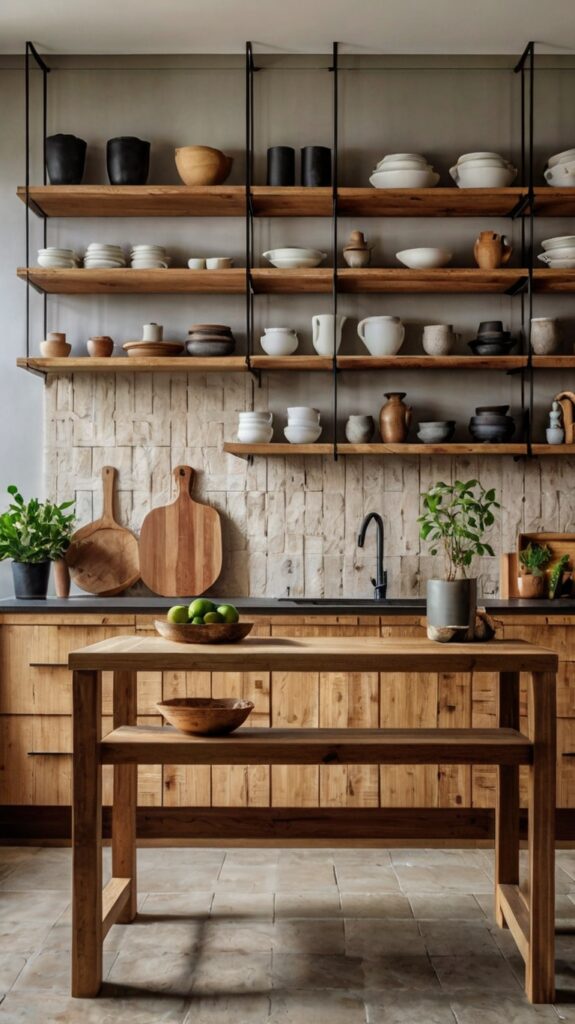
Water features, such as small fountains or indoor waterfalls, can bring a sense of calm and tranquility to your Japandi kitchen. These elements mimic the natural beauty of water and can be a soothing focal point in the room.
10. Multi-functional Furniture
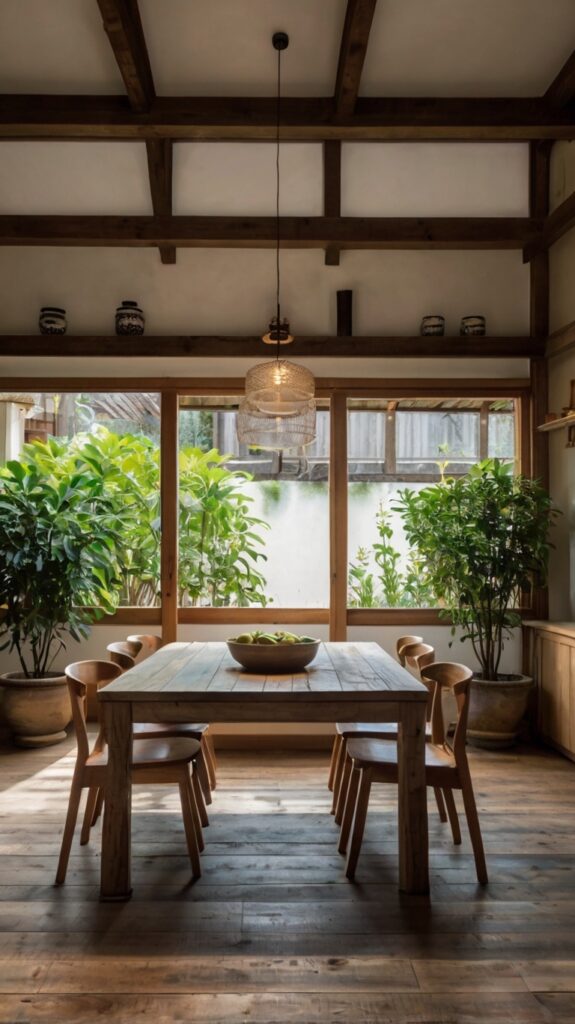
In a Japandi kitchen, every piece of furniture should serve multiple purposes. A built-in desk with storage beneath can double as a workspace and a place to store cookbooks and other essentials.
11. Sustainable Design
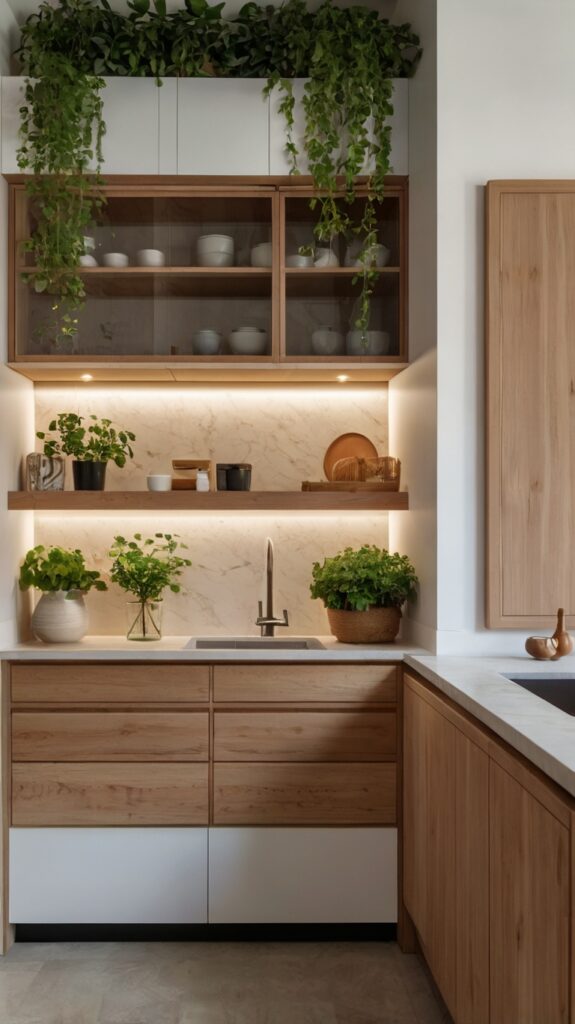
Sustainability is a core principle of Japandi design. Choose eco-friendly materials, such as bamboo or recycled glass, and consider energy-efficient appliances to minimize your kitchen’s environmental impact.
12. Customization and Personal Touches
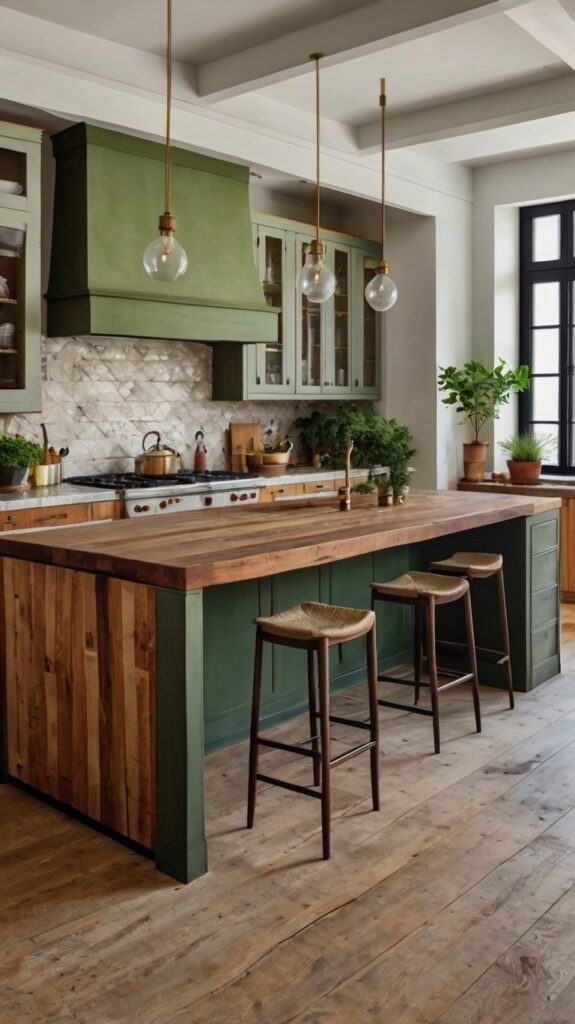
While Japandi design emphasizes simplicity, it also allows for personal touches. Incorporate a few decorative elements that reflect your personal style, such as unique artwork or custom-made bowls.
Also Read: Kitchen Wall Decor Ideas
13. A Focus on Flow
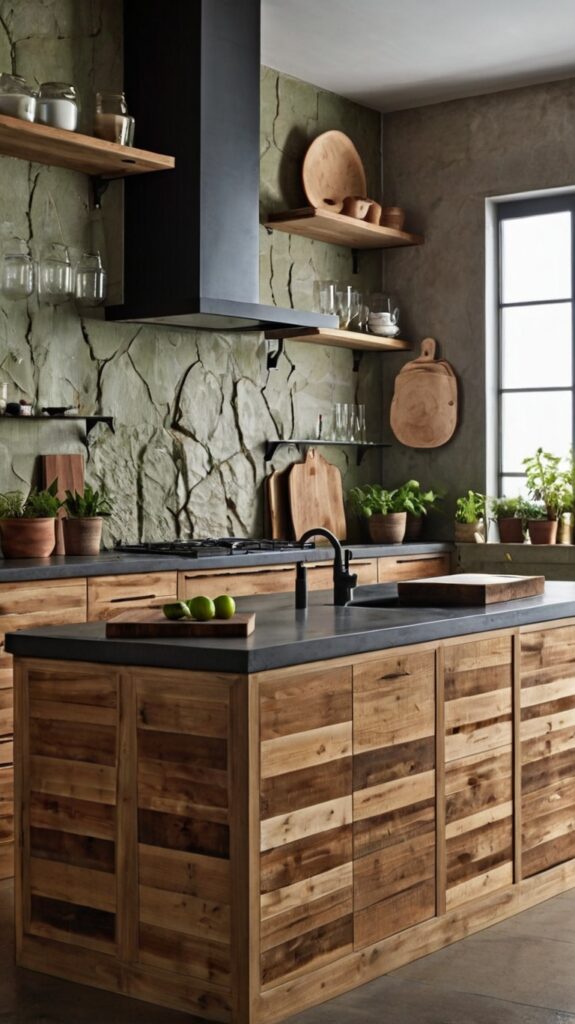
In Japandi design, the flow of the space is paramount. Ensure that there is ample room for movement and that the layout encourages a natural flow from one area to another. This can be achieved through open floor plans or cleverly designed layouts that maximize space.
14. The Art of Display

In Japandi kitchens, displays are carefully curated to avoid clutter. Choose a few special pieces to showcase, such as antique ceramics or handcrafted utensils, and arrange them in a way that complements the overall aesthetic of the room.
15. Seasonal Decor
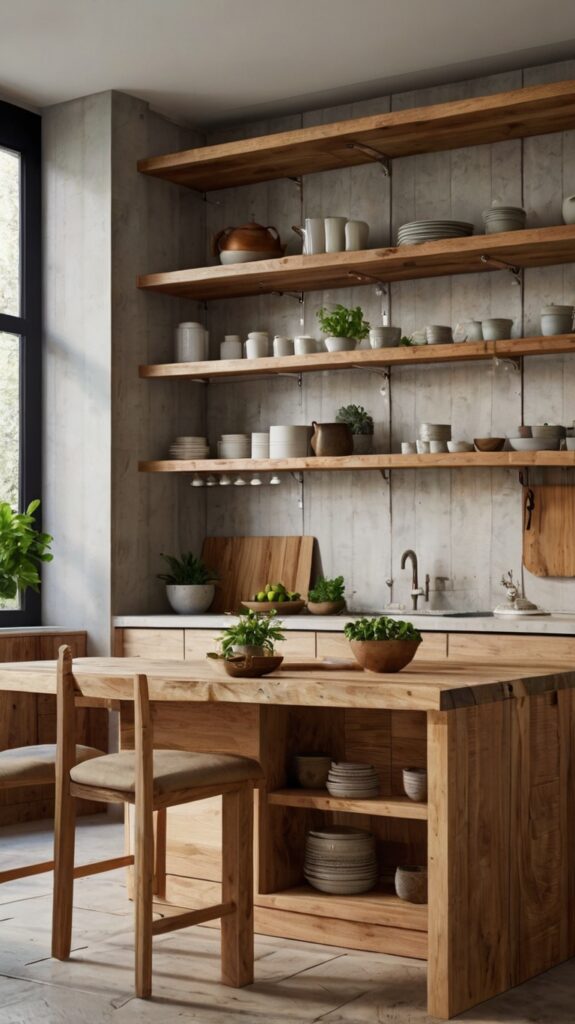
Japandi design celebrates the changing seasons, and your kitchen decor should reflect this. Swap out a few elements each season to bring a fresh, seasonal feel to your space. This could be as simple as changing the color of your dishware or adding seasonal flowers to your plant arrangements.
Conclusion
Creating a Japandi kitchen is not just about aesthetics; it’s about cultivating a space that promotes peace, mindfulness, and a deep connection with nature. By embracing minimalism, natural materials, and thoughtful design, you can transform your kitchen into a serene and inviting retreat. Whether you’re a seasoned designer or a DIY enthusiast, the principles of Japandi design offer a beautiful and rewarding way to enhance your living space.
